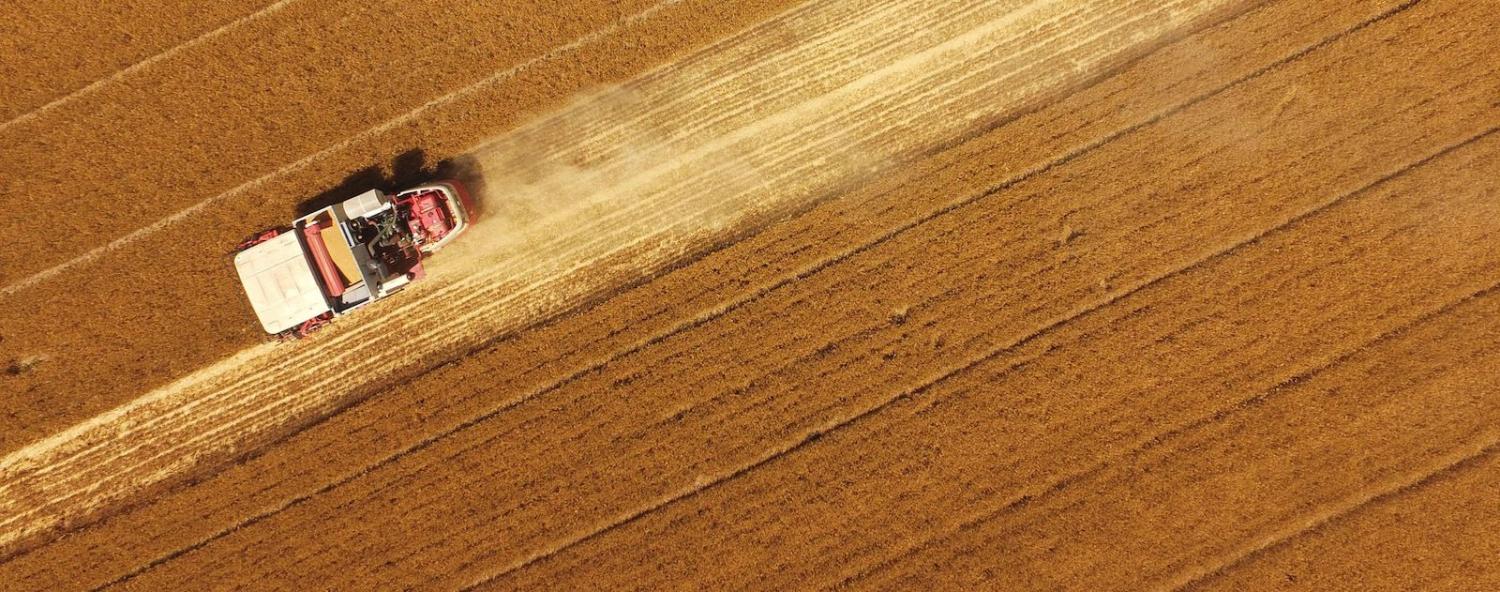China’s Ministry of Commerce announced on Monday that it would immediately start a year-long anti-dumping probe into imported barley from Australia. China is Australia’s largest export market for barley. In 2017, two-thirds of the Australian crop – 6.48 million tonnes, worth US $1.5 billion – went to China.
What appears the more likely explanation for China’s surprise announcement is that Beijing is angered by Canberra’s strategic undertakings in the South Pacific, and has meted out economic retaliation in response.
China uses Australian barley in beer, as well a substitute for corn in livestock feed. China’s surprise announcement came a mere two days after US Vice President Mike Pence pledged to work in partnership with Australia and Papua New Guinea to expand PNG’s Lombrum naval base on Manus Island.
Unsurprisingly Australia’s grain industry came out swinging against claims that it had sold barley in the Chinese market below the fair market value. Phin Ziebell, an agribusiness economist at National Australia Bank, asked: “Who is subsidising the losses? It is a competitive market in which producers want to maximise their returns.”
Australia offers little domestic protection to its farming sector and maintains low tariffs on agricultural imports. The Australian government ambitiously pursues free trade agreements – with 12 in force and five signed – and considers that its open-market approach is the impetus behind its successful agricultural industry. Australia is a fierce promoter of open agricultural markets, often criticising the US and European Union for their generous farm subsidies, and was party to a 2016 WTO dispute with China over its unfair agricultural quotas.
What appears the more likely explanation for China’s surprise announcement is that Beijing is angered by Canberra’s strategic undertakings in the South Pacific, and has meted out economic retaliation in response. Australia’s agricultural commodities are simply a pawn in the competition for strategic influence in the South Pacific. This follows after Canberra confronted China over what is seen as Beijing’s policy of interfering in Australia’s domestic politics and regional self-defined sphere of influence.
On 11 July of this year, the Australian government signed a Memorandum of Understanding (MoU) with Solomon Islands and PNG to officiate a project in which Australia will pay for and supply undersea internet cables between the three countries. Solomon Islands had previously negotiated a deal with China’s largest telecommunications company, Huawei, to build the fibre-optic cable but reneged on the deal when the Australian government offered to supply the cables as a foreign aid project.
This was followed by Prime Minister Scott Morrison’s announcement on 1 November that Australia would upgrade PNG’s Lombrum naval base so that it could accommodate the new guardian-class patrol boats that Australia will provide to PNG as part of the Maritime Security Program. Beijing was no doubt further incensed by Washington’s decision to partner with Australia to develop the Lombrum naval base – as announced at the APEC summit last week – with the potential for US vessels to visit the base in the future and the possibility that the port may one day become a strategic US outpost in the South Pacific.
So what happens next to Australia’s barley industry from here? The year-long probe, which can be extended by an additional six months, will cause headaches for farmers and key industry groups such as the Grains Industry Market Access Forum. It will require a herculean effort from the Australian government, notably Austrade, the Australian Department of Agriculture and Water Resources, and the Department of Foreign Affairs and Trade, in order to assuage Beijing’s concerns that Australia is dumping barley into its market. During the investigation, it can be expected Australian agricultural commodities to be met with additional regulatory scrutiny at Chinese ports, as experienced by the Australian wine industry in May 2018 during the Sino-Australia diplomatic freeze.
Agricultural exporters also need to prepare for the possibility that China will employ non-tariff measures (NTMS) to stifle trade and refuse agricultural consignments at the border. There is also strong potential that China will react to Australia’s future strategic policy undertakings by targeting other Australian agricultural commodities. Over 20% of Australia’s agriculture is exported to China. This includes 75% of its wool; while China is Australia’s biggest export market for wine. As analysts have noted, diversification of markets will be the key.
Beijing knows that it can make its displeasure with another country’s domestic or foreign policy initiatives known by targeting domestically sensitive commodities, and this week’s events are a reminder that Australia’s thriving agricultural sector is not immune from the shifting political and strategic environment in the South Pacific.

